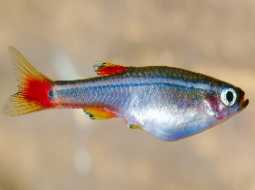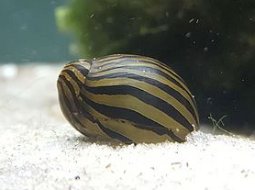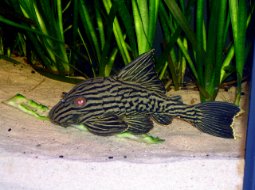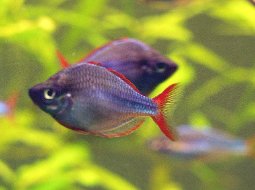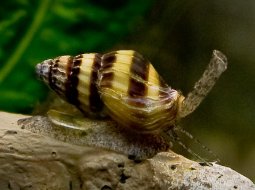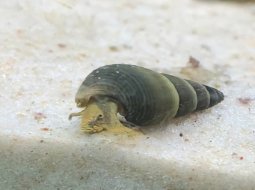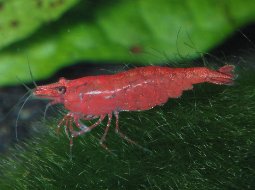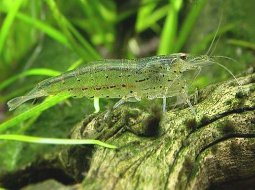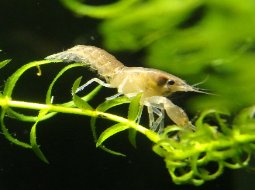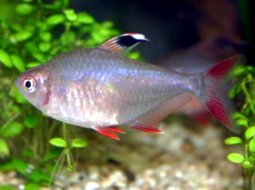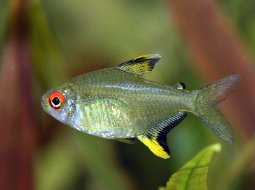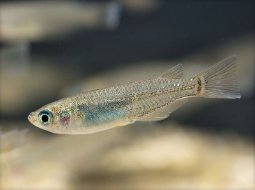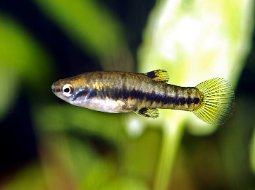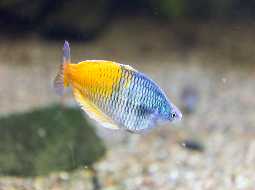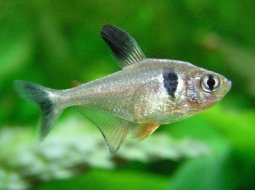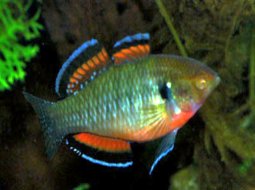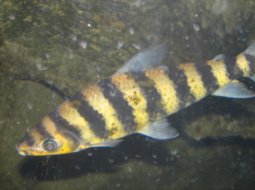
Loading Aqualapp ...
Care and Compatibility of Veil tail Goldfish - Carassius auratus I
Introduction
Carassius auratus, commonly known as the goldfish, is a freshwater fish species belonging to the Cyprinidae family. The Veiltail variety is recognized for its long, flowing fins that resemble an elegant veil. These fish are appreciated for their beauty and tranquility, and are popular as pets in aquariums.
Behavior
Veiltail goldfish are peaceful and sociable fish that adapt well to aquarium life. They are active swimmers and enjoy exploring their surroundings. While not the fastest swimmers, their long fins allow them to move with grace and elegance. They are opportunistic feeders and consume a variety of foods, both vegetable matter and small invertebrates.
Sexual Dimorphism
Sexual dimorphism in Veil Tail Goldfish can be difficult to distinguish, especially when they are young. However, during the breeding season, males may display more active behaviors and develop tubercles on the gills or behind the pectoral fins.
Reproduction
Breeding Carassius auratus in the aquarium can be a challenge, but successful breeding can be achieved. During the breeding season, Veiltail goldfish may exhibit courtship behaviors such as chasing and swimming together. To encourage breeding, it is recommended to provide a suitable environment with floating plants and spawning structures. The eggs are sticky and adhere to plants or substrates. The parents do not provide parental care, so the eggs need to be separated to protect them from being eaten.
Aquarium Conditions
The Veil Tail Goldfish is a variety of Goldfish that requires a spacious aquarium with clean, well-oxygenated water. They prefer a soft, rounded substrate to prevent injuries to their delicate fins. It's important to provide them with enough space to swim and explore, as well as sturdy plants that can withstand their feeding behavior.
Feeding
Veiltail goldfish are omnivorous with a preference for vegetable-based foods. They feed on a variety of foods such as high-quality flakes, vegetable pellets, fresh vegetables, and frozen foods. It is important to provide a balanced diet that includes nutrient-rich foods to maintain their health and vibrant coloration.
Complexity
Caring for Veil Tail Goldfish is moderate. They are hardy fish that can adapt to a wide range of water conditions, but they are prone to health problems if overfed or if the aquarium is not kept clean. They require a balanced diet and regular aquarium maintenance.
In case you need more help, or if you want to know into any topic related to the Carassius auratus I (Veil tail Goldfish) and even any other species you can use the forums to ask what you need.
To do an analysis more detailed about coexistence and behavior of Carassius auratus I (Veil tail Goldfish) use the Aquarium simulation tool, if you do this you can test different ways to combine the Veil tail Goldfish with other fishes giving the dimensions and space on you aquarium, on this way you can known the optimal configuration for keep the fishes that you want.
You can also find out the 80 species compatible with the Carassius auratus I (Veil tail Goldfish) can live together.
Note: The parameters of the water such as PH and temperature are also used to calculate the compatibility of the species.
Compatible species (80)
Compatible (27 Species)
Compatible without any restriction
Similar Sizes (14 Species)
They can coexist if they are the same size or very similar sizes, it does not work in all cases, there may be exceptions.
With Reservation (10 Species)
Los guppies tienden mordisquear las colas de los goldfish, hay que tener cuidado con esto.
Compatible in some cases, it depends on the nature and personality of the fish.
They are of different biotopes and temperatures, as long as the goldfish adapt to tropical temperatures, they can cohabit.
Considerable size difference (20 Species)
They can coexist while they are similar in size or the size difference is not very abysmal, since as the fish grows it increases the chances of eating its partner that did not grow much.
Food competition (9 Species)
They can live together but you have to be careful since it is likely that the fastest fish will take all the food and leave nothing for their partners who are slow swimmers, so you have to make sure that everyone can eat.
Veil tail Goldfish
Carassius auratus I

- Ph: 7.2 - 7.5
- Temperature (c°): 14 - 24
- Measures: 20 cm - 30cm
- Aquarium Capacity:
45 Liters - 12 Gallons - Alimentación: Omnivores
- Colores: Orange, Red, Yellow
- Comportamiento: Peaceful
- Habitad: Asian
- Morfología: Bright colors, Delicate
- Preferencias del Acuario: Natural plants, Rocks, Sand
- Tamaño: Medium
- Taxonomía: Fish
- Tipo de Agua: African, Sweet water
- Velocidad de nado o movimiento: Slow
- Zona de Nado: Aquarium background, Swim in the middle of the aquarium

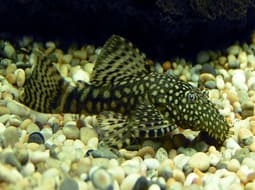
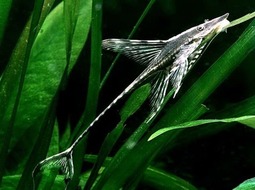
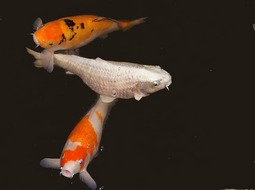
.jpg)

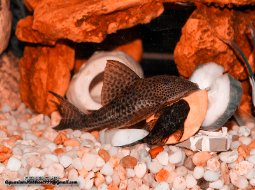
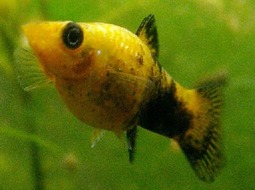

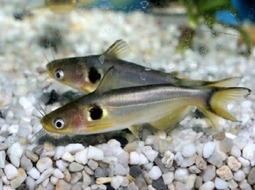

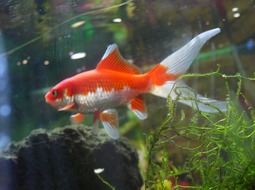
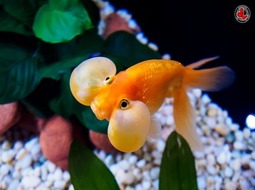

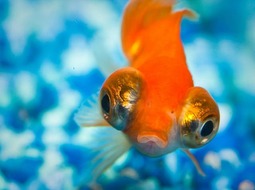
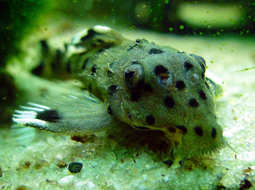

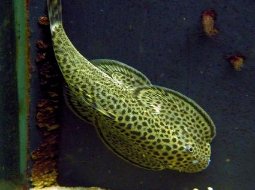
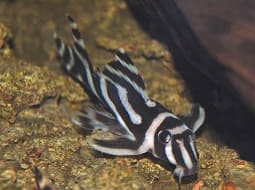
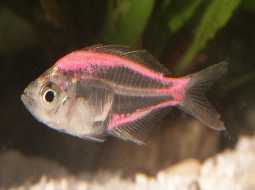
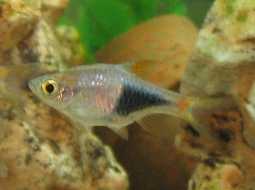
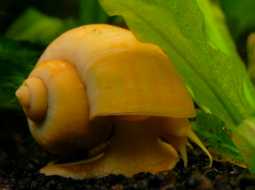
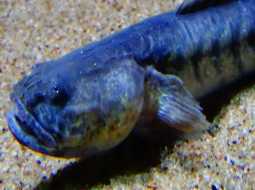
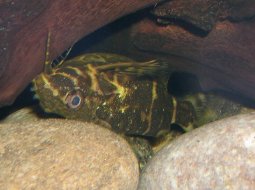

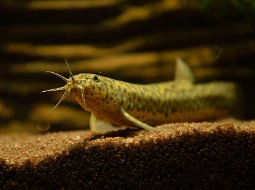

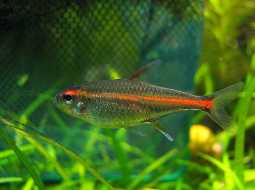
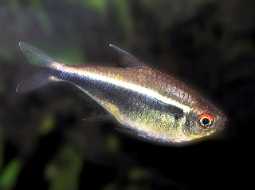
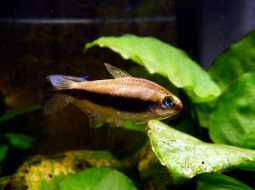
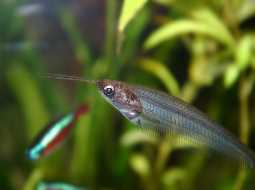

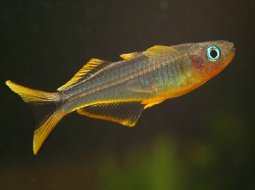
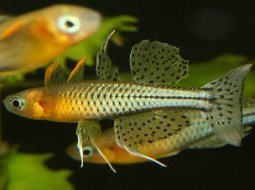

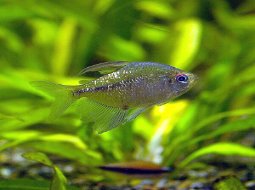
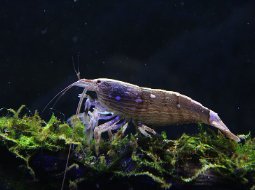
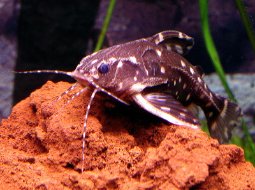



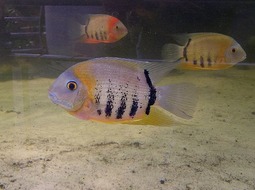
.jpg)
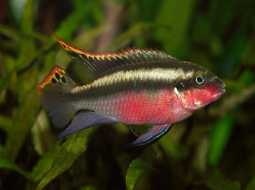
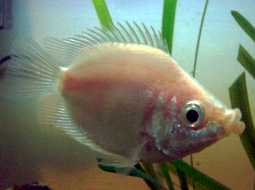
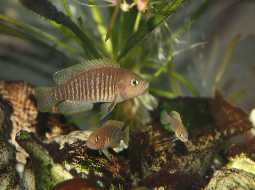
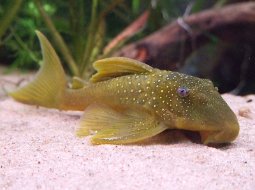

.jpg)
